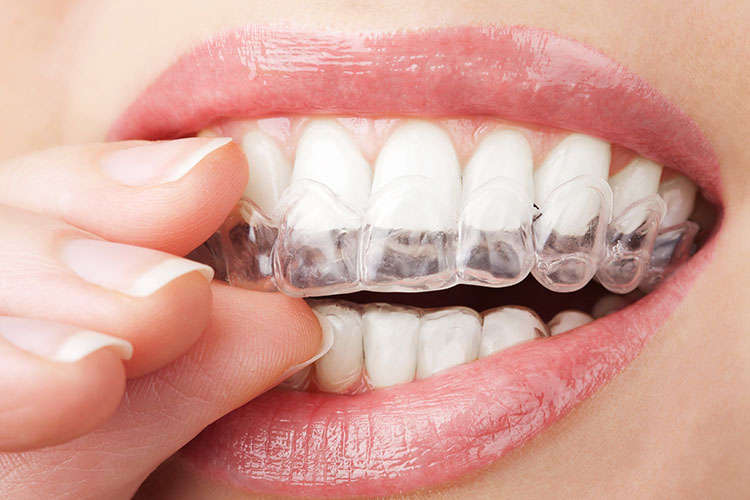
09 Oct Clear Aligners: How They’re Changing the Future of Orthodontics
Orthodontic treatment has long been a method for correcting dental misalignments. The evolution of this field has introduced new technologies and approaches focused on patient experience and treatment methods. Clear aligners represent a modern development in orthodontics, offering an alternative to traditional braces for certain cases of teeth straightening. This treatment method uses a series of custom-made, transparent trays to gradually reposition teeth.
What Are Clear Aligners?
Clear aligners are removable orthodontic appliances designed to straighten teeth over time. They are fabricated from a transparent, medical-grade plastic material, making them less noticeable than conventional metal braces. Each set of aligners is custom-molded to fit snugly over a patient’s teeth. The system works by applying gentle, controlled pressure to specific teeth, guiding them into a more aligned position.
Patients receive a sequence of aligner trays, each one slightly different from the last. A person will typically wear each set for about 22 hours per day. After approximately one to two weeks, the patient transitions to the next set in the series. This progressive system facilitates gradual tooth movement. The total duration of treatment varies based on the individual’s specific orthodontic needs, with many cases ranging from six to twelve months.
What Do They Address?
Clear aligners are used to correct a range of dental alignment issues. They can be effective for treating crooked and crowded teeth, where there is not enough space in the jaw for teeth to fit normally. They may also be used to close gaps or spaces between teeth.
Certain bite misalignments fall within the scope of what clear aligners can manage. These include overbites, where the upper front teeth overlap the lower front teeth excessively, and underbites, where the lower teeth protrude past the upper teeth. Crossbites can also be addressed with this method. Mild jaw misalignments may likewise be treatable with aligner therapy.
It is worth noting that there are limitations to what clear aligners can achieve. Teeth that require significant rotation or the closure of very large gaps may present challenges for this type of treatment. A dental professional can determine the suitability of clear aligners for a specific case after a thorough evaluation.
What Does the Process Entail?
The journey with clear aligners begins with an initial consultation with a dentist or orthodontist. During this appointment, the provider will assess the patient’s teeth to determine if they are a suitable candidate for the treatment. This evaluation often involves taking diagnostic records, such as X-rays of the teeth. These records are used to create a precise digital model of the patient’s mouth. Using specialized computer software, the dental professional maps out a detailed treatment plan. This digital plan guides the fabrication of the complete series of custom aligner trays.
Once the aligners are ready, the patient returns to the dental office to receive their first set. The provider can verify the fit and provide instructions on wear and care. Periodic check-in appointments are scheduled throughout the treatment period to monitor progress and give the next set of aligners. At the end of the treatment, the use of a retainer is typically recommended to maintain the new tooth positions.
Consult a Dental Professional
Discussing how the treatment will fit into your lifestyle is a practical start. You can talk about your daily routines and commitment to wearing the aligners for the recommended 20–22 hours per day. A dental professional can offer a complete assessment of your specific orthodontic needs and help you understand all available options for achieving a corrected alignment.
- Exploring the Relationship Between Dizziness and Chronic Health Conditions
- The Role of Community Support in Promoting Mental Health
- Treatment Options and Lifestyle Changes for Managing TMJ Pain
- Elevate Your Online Presence: The Power of a Profile Picture Generator
- Understanding the Different Types of Testosterone Therapy Available


No Comments